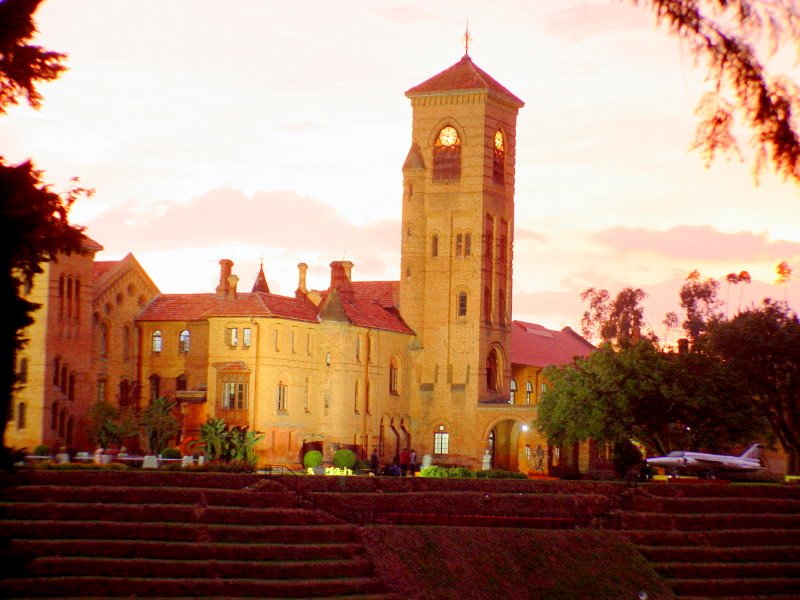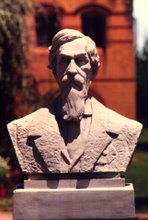Susanna Arundhati Roy the first Indian woman to have won Britain's prestigious Booker Prize, was born on 24th November 1961 in Bengal and grew up in Aymanam village, Kottayam, Kerala.
When she was just 16, she left her home and settled in Delhi. There she did her degree in Architecture at the Delhi School of Architecture. During this period she met Gerard Da Cunha a fellow architecture student and married him but their marriage lasted only four years. After a brief stint in the field of architecture, she found that it was not for her. She left for Goa, making a life out at the beach, got tired of it after a few months, came back to Delhi. She took a job at the National Institute of Urban Affairs, met Pradeep Krishen, a film director now her husband who offered her a small role in 'Massey Saab'. She went to Italy on a scholarship for eight months to study the restoration of monuments. She realised she was a writer during those months in Italy.
She quickly became known for her work as screenwriter. Then she wrote a series of essays called 'The Great Indian Rape Trick' which attracted media attention, in defense of former dacoit Phoolan Devi, who she felt had been exploited by Shekhar Kapur's film 'Bandit Queen'. Then came her debut novel 'The God of Small Things' which shot her into prominence in 1997, by winning the prestigious British Booker prize in London and becoming an international best seller. The book, which took almost five years to complete, gives an insight to the social and political life in a village in South India through the eyes of seven year old twins and how it effects/disrupts their small lives. The book won £20,000 as prize and sold nearly 400,000 copies globally by October that year.he years following her success, she has turned to activism, writing 'The Cost of Living' a book comprising two essays 'The Greater Common Good'(1999) and 'The End of Imagination'(1998); the former against Indian Governments massive dam projects which displaced millions of poor people and the latter; its testing of Nuclear weapons. She has been an active participant in public demonstrations against the construction of the Sardar Sarovar Dam on the Narmada river in Western India and has donated a substantial amount around 1.5million rupees, equivalent to her Booker Prize money, for the cause. She was even arrested along with other protestors for campaigning for the cause. 'Power Politics' her latest book published, takes on Enron the power corporation based in Houston trying to take over Maharashtra's energy sector. She has also spoken on and published several articles such as 'Promotion of equal rights' supporting equal rights for lower caste in India and 'War on Terrorism' (2001)against the Iraq war. Roy was awarded the Sydney Peace Prize in May 2004 for her work in social campaigns and her advocacy of non-violence. In January 2006 she was awarded the Sahitya Akademi award for her collection of essays on contemporary issues, The Algebra of Infinite Justice, but she declined to accept it.
With her latest publications, Arundhati is carving a niche for herself as a political journalist. This unusual women who has been on several lists of 'the 50 most beautiful women in the world' is not intimated by her success and fame but is an inspiration to all those who seek to speak up against the powers in support of the poor and the oppressed. She now lives in Delhi with her husband Pradip Krishen, who has two daughters Pia and Mithva from his previous marriage
.








Hi, we must have overlapped at Lovedale. I graduated in '63 and entered in '59--Champak House. What is your name?
ReplyDelete